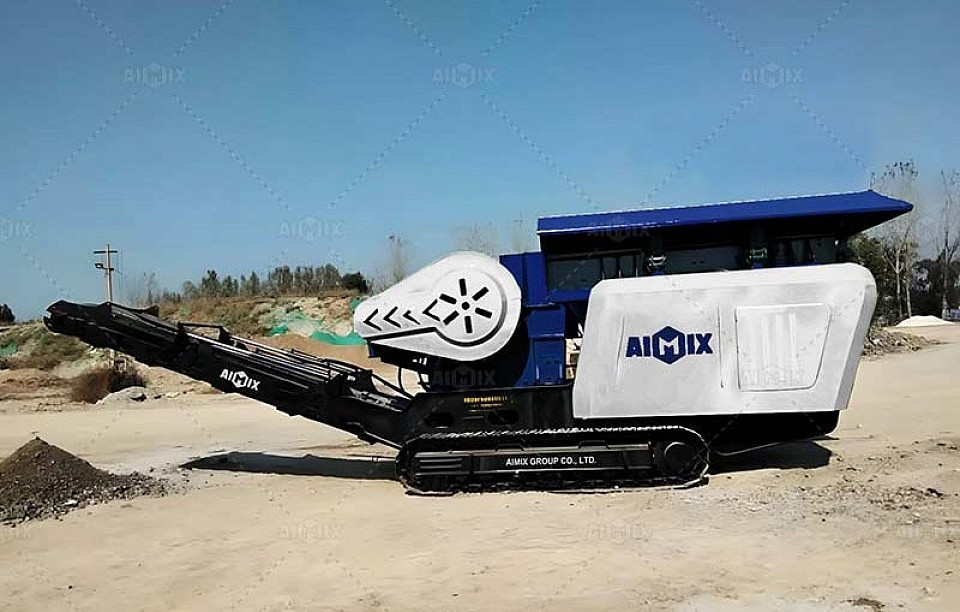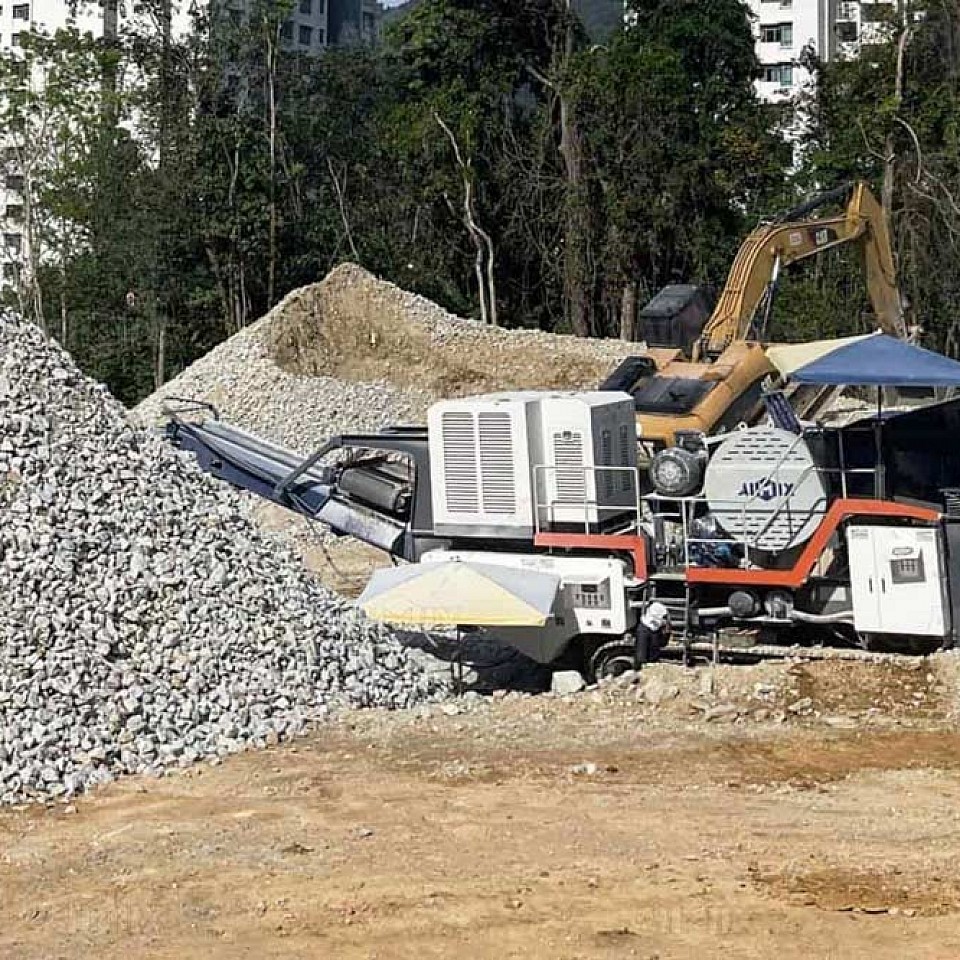Comparing Prices of Different Configurations of Concrete Crusher Machines
Concrete crusher machines come in various configurations, each impacting their cost structure in distinct ways. Buyers often face a complex decision-making process when comparing concrete crusher machine price, as numerous factors contribute to price disparities. Understanding how different configurations—ranging from mobility options to crushing technologies—affect cost can help businesses make informed investment choices. Beyond just the initial purchase, considerations such as operational efficiency, long-term maintenance expenses, and resale value play a significant role in determining the true cost-effectiveness of a crusher.
Understanding the Key Configurations of Concrete Crusher Machines
Crushing equipment is not a one-size-fits-all solution. Concrete crushers are available in stationary, semi-mobile, and fully mobile versions, each designed for specific operational needs. Stationary crushers are ideal for high-capacity, long-term crushing operations but come with substantial infrastructure requirements. Semi-mobile crushers offer flexibility while maintaining higher throughput, whereas fully mobile units excel in on-site applications but often command higher price points due to their advanced mobility features.
The crushing mechanism also influences pricing significantly. Jaw crushers, known for their simplicity and durability, tend to be more affordable but may not deliver the refined end-product required for certain applications. Impact crushers, favored for their ability to produce uniform, high-quality aggregates, come at a premium due to their specialized design. Cone crushers, offering precise particle shaping and high throughput, are among the most expensive but provide superior performance in demanding conditions.
Capacity is another major determinant of cost. Machines with higher throughput capabilities demand robust construction, reinforced components, and advanced automation, all of which elevate the overall stone crusher plant price. Smaller crushers may seem budget-friendly at first glance, but they might not deliver the required efficiency for large-scale operations, leading to increased long-term costs due to operational inefficiencies.
Price Disparities Across Different Configurations
The level of mobility in a crusher directly impacts its price. Fully mobile units integrate sophisticated track systems and hydraulic-driven components, significantly increasing costs. On the other hand, stationary models, while cheaper upfront, necessitate substantial installation expenses, including foundations and structural reinforcements. Semi-mobile crushers strike a balance but still involve relocation costs that add to the total expenditure.
Crushing technology also plays a pivotal role in price differentiation. Jaw crushers, often considered the most cost-effective, have a simpler mechanism with lower wear and tear. Impact crushers, despite their higher pricing, require frequent maintenance due to their abrasive nature. Cone crushers, built for precision and endurance, involve the highest initial costs but offer longer service life and lower per-ton crushing costs in high-volume applications.
Another crucial aspect is output capacity. A 150 TPH (tons per hour) crusher costs significantly less than a 500 TPH unit, as larger models demand heavy-duty motors, reinforced frames, and sophisticated control systems. While a high-capacity machine justifies its price for large-scale projects, smaller crushers may be more cost-efficient for contractors working on short-term or lower-output applications.
Balancing Cost and Performance for Optimal ROI
A common mistake is focusing solely on the initial purchase price without considering long-term operational expenses. A cheaper track mounted crusher may lead to excessive downtime, higher maintenance costs, and reduced efficiency, ultimately increasing total ownership costs. Investing in a well-built machine with lower maintenance requirements often yields a better return on investment over time.
Selecting the right configuration is critical for cost-effectiveness. A stationary crusher might suit large quarries, but for construction sites requiring frequent relocation, a mobile unit may be the wiser financial choice despite its higher price tag. Additionally, the type of crushed material, expected production levels, and regulatory requirements must all factor into the selection process.
Lastly, businesses should assess aftermarket costs and resale value. Machines with easily replaceable parts and widespread brand support tend to retain better value. Additionally, opting for a model with modular components allows for cost-effective upgrades rather than complete replacements, ensuring long-term financial viability.
By carefully evaluating these factors, buyers can ensure they are not just acquiring a machine at the lowest price but securing a concrete crusher that delivers efficiency, durability, and profitability over its operational lifespan.


